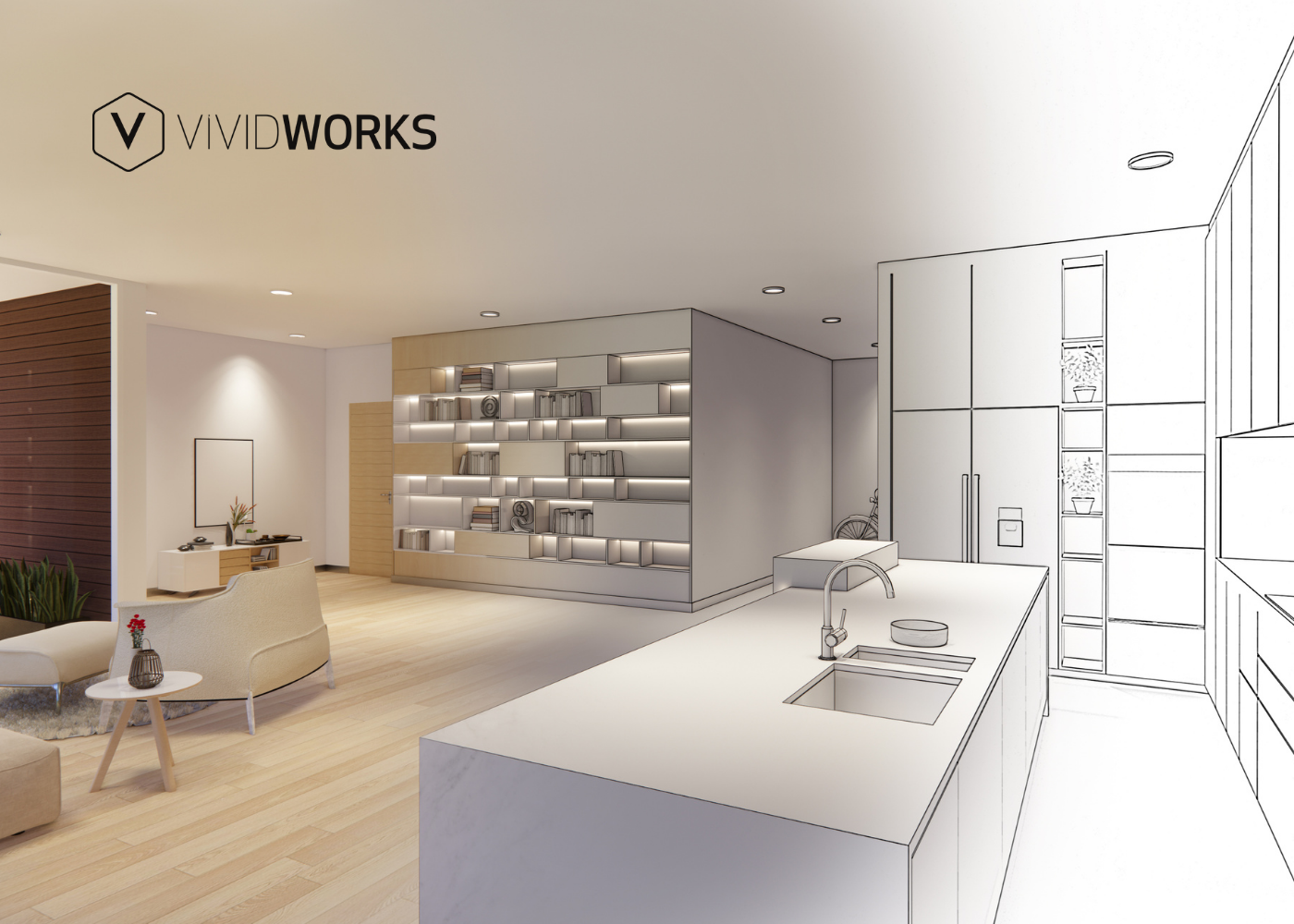In the ever-evolving landscape of business, the pursuit of product quality and customer satisfaction is paramount. One powerful tool that can assist businesses in achieving these goals is the 3D configurator. A 3D configurator allows customers to customize and visualize products in three dimensions, offering a unique and engaging experience. But how can businesses leverage feedback to improve product quality, and how does this apply to 3D configurators? In this article, we'll explore the importance of feedback and provide insights into how to use it effectively with 3D configurators to enhance product quality.
1. The Significance of Feedback in Product Improvement
Feedback is the lifeblood of product improvement. It represents the voice of the customer, providing invaluable insights into their needs, preferences, and pain points. Here are several key reasons why feedback is crucial for enhancing product quality:
- Identifying Issues: Feedback helps to uncover issues and areas of improvement that may not be apparent during the product development phase. Customers often encounter real-world challenges that can only be addressed through their feedback. For instance, Amazon's customer feedback system is integral to its success. By addressing pain points, such as shipping speed and return processes, Amazon continually improves its customer experience.
- Enhancing User Experience: Customer feedback sheds light on the user experience, revealing which aspects of a product are user-friendly and which need refinement. This information is vital for optimizing usability.
- Meeting Customer Expectations: Understanding customer expectations is essential for aligning product features with what users desire. Feedback provides insights into whether your product is meeting or falling short of these expectations. Example: Netflix's recommendation algorithm, which suggests personalized content, was influenced by user feedback. This innovation significantly boosted customer engagement and retention.
- Innovation and Evolution: Feedback can inspire innovation. Customer suggestions and comments can spark ideas for new features or improvements that can set your product apart from the competition.
- Building Trust: Listening to and acting on feedback demonstrates that a business values its customers. This trust-building process can result in increased customer loyalty and brand advocacy.
2. Leveraging Customer Feedback for Product Quality
Quality Assurance
Customer feedback is an essential tool for quality assurance, and can be gathered through direct interactions with clients or gauging sentiment using media monitoring tools. By monitoring and acting on feedback, companies can catch and rectify quality issues early in the product lifecycle. According to Statista, 49% of customers say they would return to a business if their complaint was resolved efficiently.
Example: Toyota, renowned for its commitment to quality, closely examines customer complaints to identify potential defects or issues in their vehicles. This proactive approach ensures consistent product quality.
Continuous Improvement
Customer feedback tools as a driving force behind continuous improvement efforts. It provides a roadmap for making incremental enhancements to products over time. The American Customer Satisfaction Index (ACSI) reports that industries with higher customer satisfaction scores see stronger year-over-year revenue growth.
Example: Adobe's software products, such as Photoshop and Illustrator, undergo regular updates based on user feedback. This continuous improvement strategy has helped Adobe maintain its industry leadership.
Product Customization
Product customizer and personalizer is adopted more and more in today's market. By collecting customer feedback, companies can tailor products to individual preferences, enhancing the overall customer experience. Accenture reports that 91% of consumers are more likely to shop with brands that provide personalized offers and recommendations.
Example: Spotify uses customer feedback and listening habits to curate personalized playlists, making users feel that the platform understands their musical tastes.
3. How a 3D configurator can use feedback to improve the product quality
Incorporating user feedback into the development and maintenance process of a 3D configurator can lead to a more user-friendly and effective tool. It can also foster a sense of engagement and satisfaction among users, ultimately benefiting your business by improving customer loyalty and conversion rates.
- User Interface (UI) and User Experience (UX) Enhancements:
Gather feedback on the usability and intuitiveness of the configurator's interface.
Identify pain points, such as confusing navigation or unclear options.
Use feedback to make design changes that improve the overall user experience.
- Customization Options:
Collect feedback on the available customization options and whether they meet users' needs.
Use feedback to expand or refine the range of available customizations.
Consider adding new features or options based on user suggestions.
- Performance and Loading Times:
Monitor feedback related to the speed and performance of the configurator, especially when rendering complex 3D models.
Optimize loading times and performance to ensure a smooth and responsive user experience.
- Compatibility and Accessibility: Listen to feedback regarding compatibility with various devices and browsers.Ensure that the configurator is accessible to users with disabilities, and make necessary improvements based on feedback.
- Analytics and Data Insights:
Use analytics to gather data on how users interact with the configurator.
Analyze user behavior to identify patterns and areas for improvement.
Make data-driven decisions to enhance the configurator's performance and features.
- User Preferences:
Pay attention to user preferences regarding color schemes, layout, and design elements.
Allow users to customize the configurator's appearance to some extent based on their feedback.
Incorporating user feedback into the development and maintenance process of a 3D configurator can lead to a more user-friendly and effective tool. It can also foster a sense of engagement and satisfaction among users, ultimately benefiting your business by improving customer loyalty and conversion rates.
Table of Content
-3.avif)
Streamline your process today!


.avif)
.avif)



